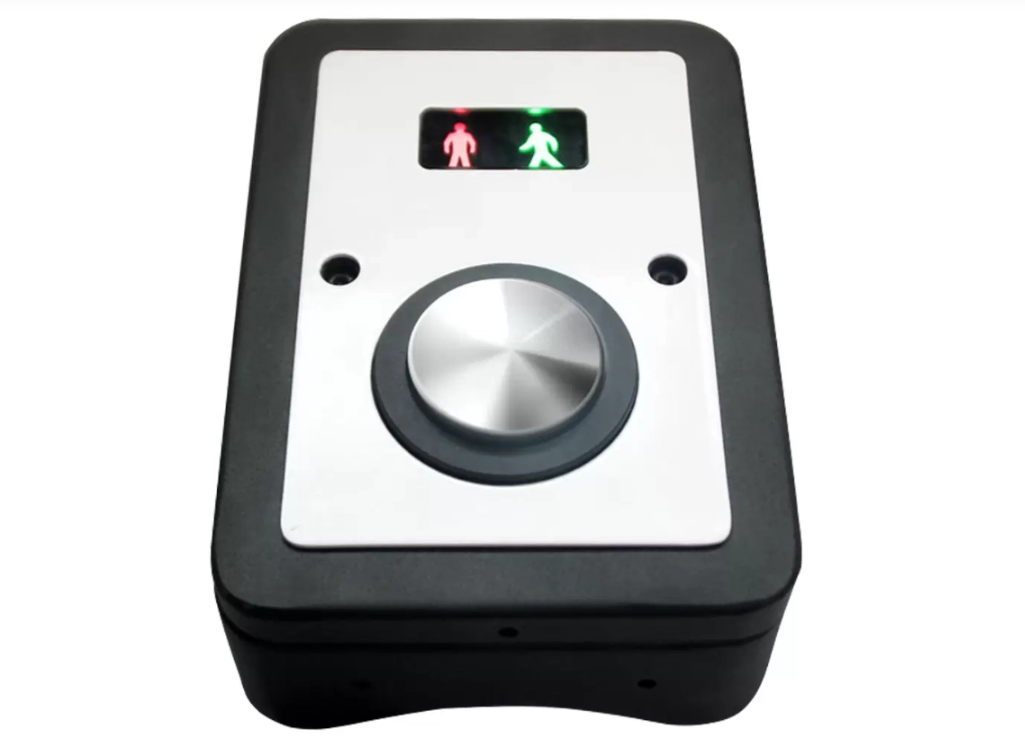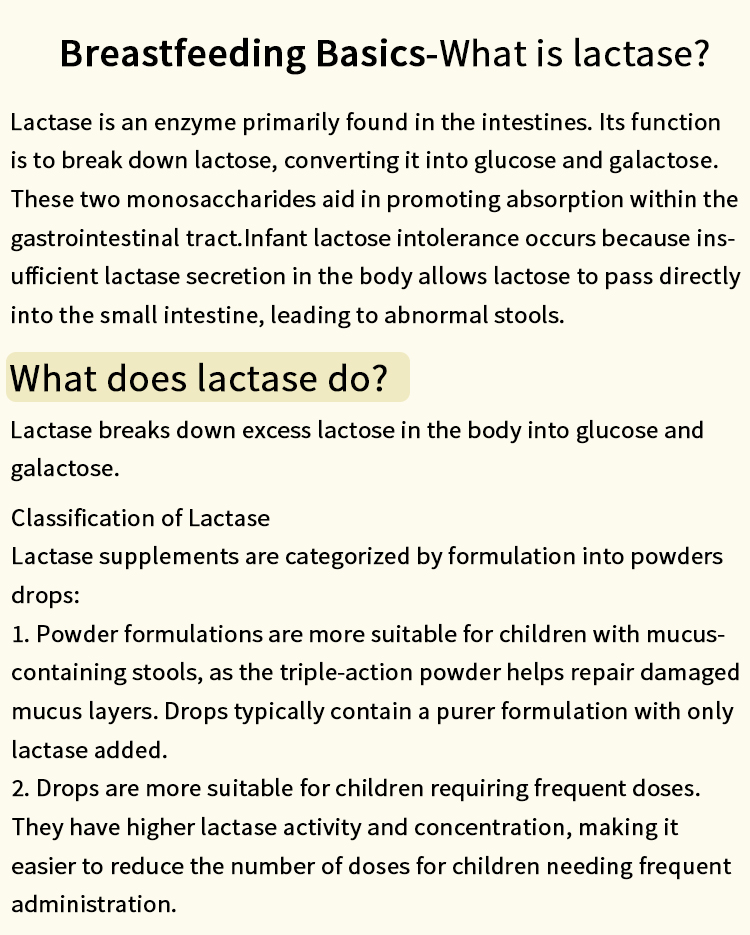When it comes to relocating or purchasing a vehicle from a distant location, one of the most pressing questions that arises is whether it is more economical to ship a car or to drive it yourself. This decision can significantly impact your budget, time, and overall experience. In this article, we will delve into the various factors that influence the cost-effectiveness of each option, providing you with a comprehensive analysis to help you make an informed choice.
Understanding the Costs Involved
- Direct Costs of Driving a Car
Driving a car across long distances incurs several direct costs, including:
- Fuel Expenses: The most significant expense when driving is fuel. Depending on your vehicle's fuel efficiency and the distance traveled, this can add up quickly. For instance, if your car averages 25 miles per gallon and you are driving 1,000 miles, you will need approximately 40 gallons of gas. At an average price of $3.50 per gallon, that totals around $140.
- Accommodation and Meals: If the journey spans multiple days, you will need to factor in the costs of lodging and meals. Budgeting for at least one overnight stay and meals can easily add another $100 to $300 to your total expenses.
- Wear and Tear: Long-distance driving can lead to increased wear and tear on your vehicle, potentially resulting in maintenance costs. This includes oil changes, tire wear, and other mechanical issues that may arise from extensive travel.
- Insurance and Registration: Depending on your insurance policy, driving long distances may affect your coverage. Additionally, if you are moving to a different state, you may need to update your vehicle registration, which can incur fees.
- Direct Costs of Shipping a Car
Shipping a car can also involve various costs, which may include:
- Shipping Fees: The primary expense when shipping a car is the shipping fee itself. This can vary widely based on the distance, the type of transport (open vs. enclosed), and the shipping company. On average, shipping a car across the country can range from $700 to $1,500.
- Insurance: While most shipping companies provide basic insurance coverage, you may want to purchase additional coverage for peace of mind. This could add another $100 to $300 to your total cost.
- Preparation Costs: Before shipping, you may need to prepare your vehicle, which can include cleaning it, removing personal items, and ensuring it is in good working condition. Some companies may charge for these services.
Time Considerations
While cost is a significant factor, time is another critical consideration. Driving a car across the country can take several days, depending on your route and driving habits. This time commitment can lead to lost productivity, especially if you have work or other responsibilities.
On the other hand, shipping a car typically takes a week or two, allowing you to focus on other tasks while your vehicle is in transit. This can be particularly advantageous for those with tight schedules or multiple commitments.
Additional Factors to Consider
- Personal Preference and Experience
Your comfort level with long-distance driving can also influence your decision. Some individuals enjoy road trips and the adventure that comes with them, while others may find the experience stressful and exhausting. If you prefer a hassle-free experience, shipping may be the better option.
- Vehicle Type and Condition
The type and condition of your vehicle can also play a role in your decision. Classic or luxury cars may be better suited for enclosed transport to protect them from the elements. Conversely, a reliable, everyday vehicle may be more than capable of handling a long drive.
- Environmental Impact
Driving a car can have a larger carbon footprint compared to shipping, especially if multiple vehicles are transported together. If environmental considerations are important to you, this may influence your choice.
Conclusion: Making the Right Choice
Ultimately, the decision of whether to ship a car or drive it yourself hinges on a variety of factors, including direct costs, time commitments, personal preferences, and the specific circumstances surrounding your move.





